The cable debate is still raging on, but what about simply comparing balanced headphone cables to unbalanced. For this, we are using the same headphones, dac, and source, and the only change is balanced to unbalanced and back and so forth. The Headphones are Meze Audio Classic 99’s and the Dac/Amp is the iFi Audio Pro iDSD that we just reviewed. This will build upon that review as we are able to test out its balanced output. What we are looking at today is more than just the cable but also what it allows you to do, and that is, take advantage of a balanced circuit and output on a device. The Cables themselves also have advantages and we will talk about that in this article as well.
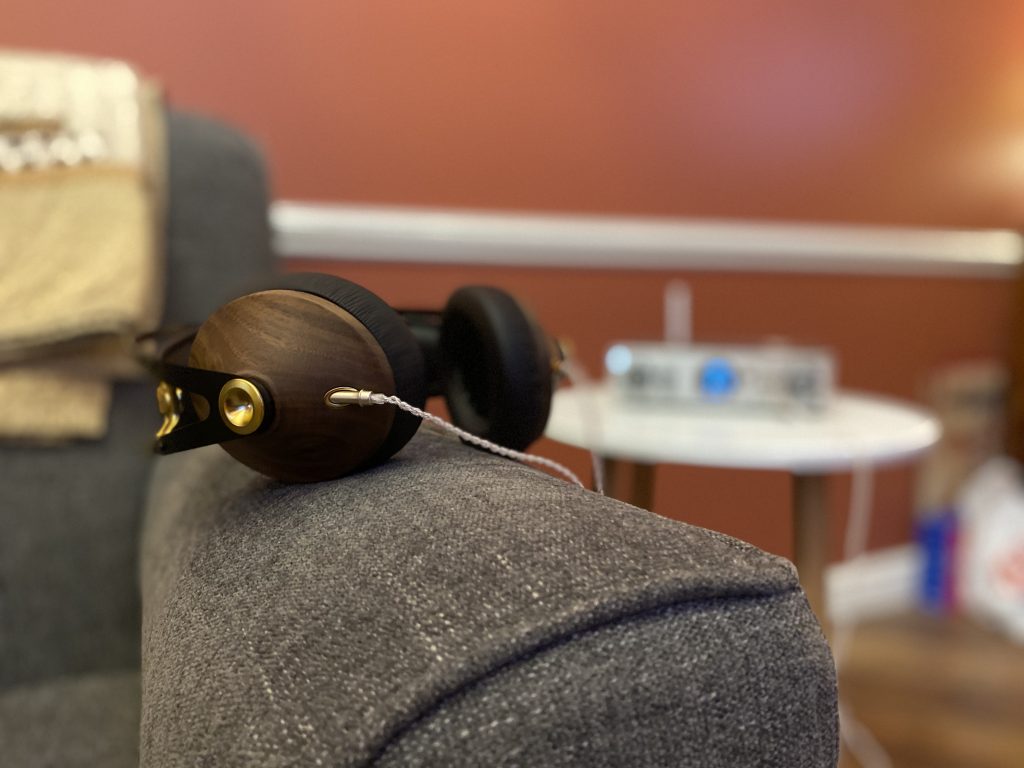
What is a balanced cable?
Audio cables fall into two categories, balanced and unbalanced. From there you can have balanced/unbalanced interconnects and so forth. Balanced cables have three wires or sets of wires inside each channel cable. There are two signal wires and one ground. The signal wires do not have the same signal to each other but rather the opposite of each other. if you imagine a sine wave traveling down the cable the peaks and troughs will be exactly opposite each other. The reason for this is that what you hear at the end of the cable is the difference between the two signals so induction noise is canceled out. Well, that sounds like you wouldn’t hear anything then right if they cancel out? Not so, the device you plug the balanced cable into reverse the polarity of the mirrored signal back to the original polarity. Any noise picked up along the cable is the same polarity in both signal wires so once it reaches the destination device and is flipped on one signal path it cancels the noise on the other signal path leaving you with a clean signal. RCA and other single-ended cables can not do this and any noise it picks up along the way is just added to the signal. Remember every length of wire is just waiting to be an antenna, that is all antennae are so it’s easier than most people think for cables to pick up outside noise.
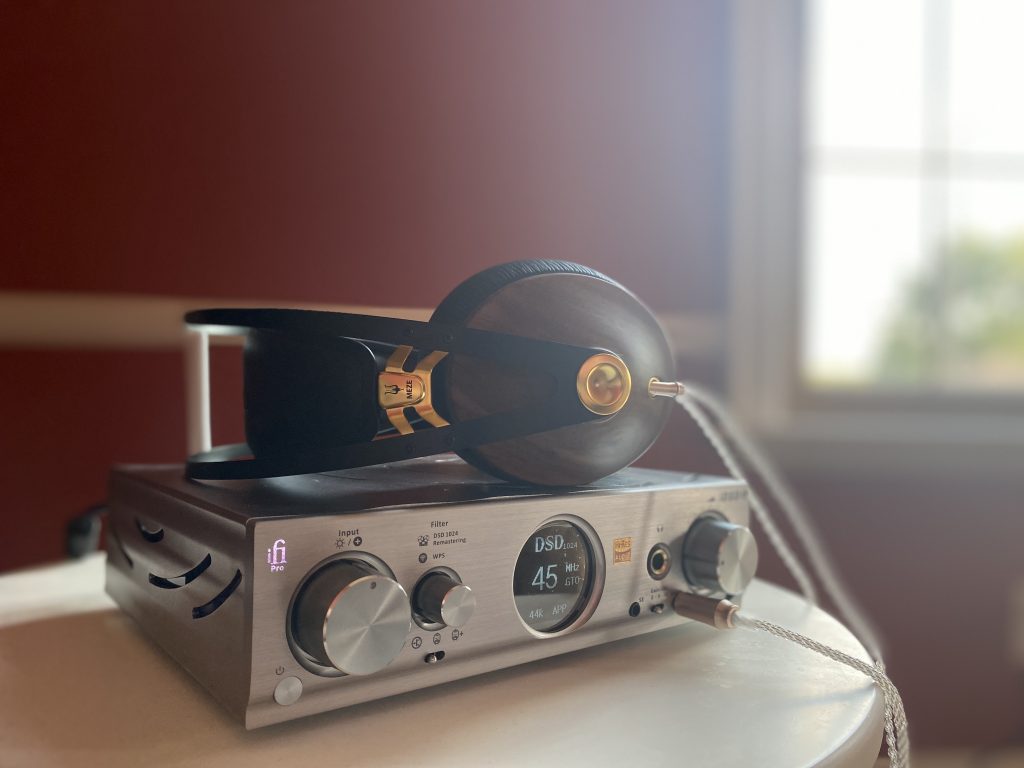
Sounds like we want balanced cables for everything right? Well sort of, there are pros and cons to everything for sure. The biggest con to balanced cables is the cost associated, while the cables themselves do not have to cost a fortune generally speaking products that offer those connections are. It requires additional circuitry and programming, something you just won’t see in entry level audio. Granted pro audio has been using XLR for some time, high end home audio has not really trickled it down to the entry level yet. If your equipment does not have XLR what can you do to help protect your signal? One thing you can not do is buy adapters, if anyone tries to sell you RCA to XLR adapters to give you a balanced signal they are making it up. There are times you may need such a device to simply adapt a cable you have to something you need to connect it to but you will not benefit from any of the balanced cables’ properties. There all manner of tricks that cables companies use to protect single-ended cables from noise through sleaving, multiple conductors they arrange in a certain way, and much more. How well any of that works is up for debate, ultimately you can not make an unbalanced cable as impervious to noise as a balanced cable.
Now that we have covered all that, pretty much none of it applies to headphones. Drivers can not receive a balanced signal, they are analog devices with a positive and negative. The electrons flow in then back out to the device that created the signal. I know what you are thinking, this was all a waste of time, not quite. When we talk about a balanced headphone imagine them working like loudspeakers in a home audio system. When you connect the amp to the speakers they do not share a negative between the two speakers, they each have their own connected back to the amp. Most typical headphones use a common negative between the left and right channels, whereas balanced headphones have a negative for each. With the 4.4mm plug having a shield connection. There are a number of headphone connections available, TS, TRS, TRRS, TRRRS. The T stands for Tip, the R for Ring, and the S for Sleeve. The rings are breaks between each conductor.
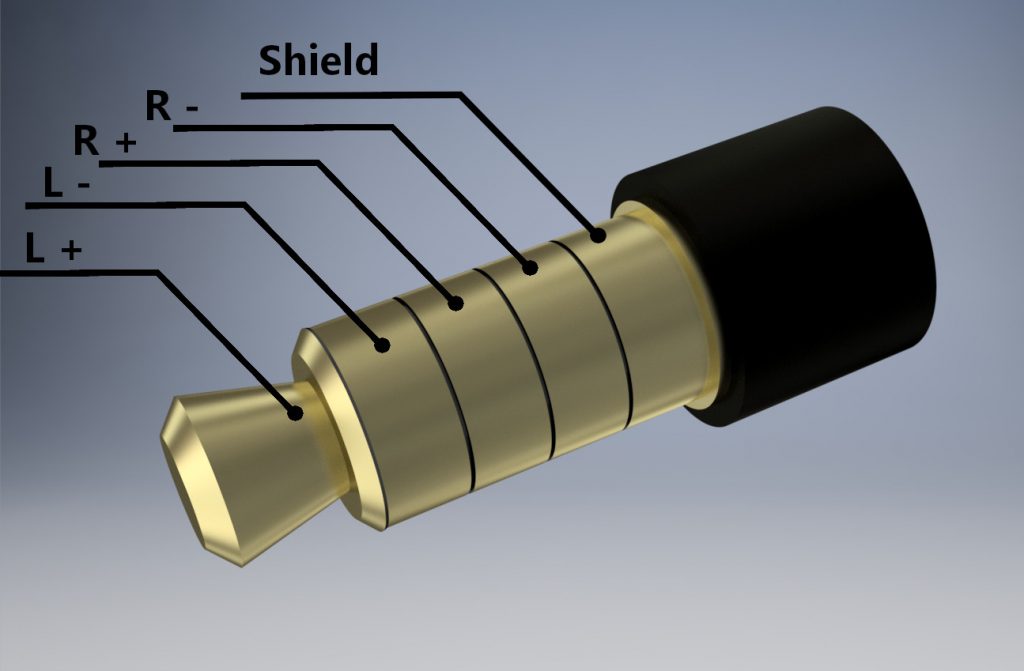
- TS: Mono
- The tip is Positive and the sleeve is negative, or vice versa, commonly found on guitars
- TRS: Stereo
- This connection has two positive sections and one negative shared between the channels. This is the most common type of headphone jack style found
- TRRS: Stereo
- This is a type of balanced headphone connection, offering a positive and negative for each channel
- (also used for common negative devices with a built-in mic)
- TRRRS : Stereo
- This connection has a positive and negative for each channel and a grounded section for shielding.
- XLR 3 or 4 pin
- these are available for certain devices but are much less common on headphones, not that they are not available but they are much rarer.
The Ifi Pro iDSD offers a 2.5mm TRRS Connection, 3.5mm TRS connection as well as a 4.4mm TRRRS connection. I am using the 4.4mm option with Meze 99 Classics using their in house made balanced cable option.

Balanced vs. Unbalanced Sound
Which do you want, does one sound better, does it matter? The answer to all of those questions is somewhat subjective and situational. For this discussion let’s assume a few things. You have a device with a balanced headphone output, preferably with the 4.4mm TRRRS connection. If you are looking at getting some headphones to pair with a DAC/Amp and looking at upgrading your cables to balanced you want to make sure it’s money well spent. The Meze balanced silver cable with the 4.4mm cable is 130 dollars on its own. I can tell you that it is worth it if you have the extra cash. You can get more out of your DAC/Amp in terms of power and sound quality. You are able to more efficiently use available power when the left and right channels have their own positive and negative wires which give you more headroom before hitting noticeable distortion. With the 4.4mm connection being shielded you won’t notice outside influences on your music either. What I personally notice most is the increased frequency range in the 99 Classic when using the balanced connection, as well as more detail and depth. The 99 Classic doesn’t sound thin without the use of the balanced cable, however, there just seems to be more soul in the music. For me personally, I would opt for balanced cables on headphones in most cases. Many high-end headphones offer user-changeable cables making it easy to just buy and plug in a pair of balanced cables. However with headphones such as the Grado PS500e, and I think most if not all Grados you would have to take apart the headphones and actually solder on a new one. I don’t know if the difference is worth the work and potential to ruin 600 dollar headphones. There are some companies that offer this service to you when you buy your headphones so you don’t have to do it yourself though you pay a premium for it. However if you can just unplug your cable from the headphones check out either the manufacturers’ website or visit our partner The Cable Co to see all the available balanced cables available for your headphones, just be sure you can use balanced cables with your headphones, not all can use them.

Conclusion
Everything boils down to value, is it there for the added cost of balanced cables? I would say if you don’t have to buy all new equipment the answer is yes, every time yes. If you need to buy a new Preamp and Power Amp just to use balanced interconnects the difference probably wouldn’t be worth the cost if that is the only real difference between what you have and what you are getting. My SR7009 does not have Balanced outputs or inputs and it is something I am going to look for on my next Processor/Preamp, however, that will be down the road when I look for an overall better unit. I would say the same thing goes for headphones and their amps, if you need to buy all new gear just to use balanced cables it’s probably not enough to warrant the cost, however, if you are looking to upgrade what you have I would put Balanced Outputs/Inputs on the want list for your next unit. If you have 2500 dollars U.S. the iFi Pro iDSD is a great unit with a couple of balanced options. If all you need are the Balanced Cables to take advantage of the Balanced outputs on your amp and headphones you absolutely should look into buying them.
For this Topic we used the iFi Pro iDSD and the Meze 99 Classic Headphones, as well as Meze’s Balanced Silver Cable and the Stock 99 Classic Cable.




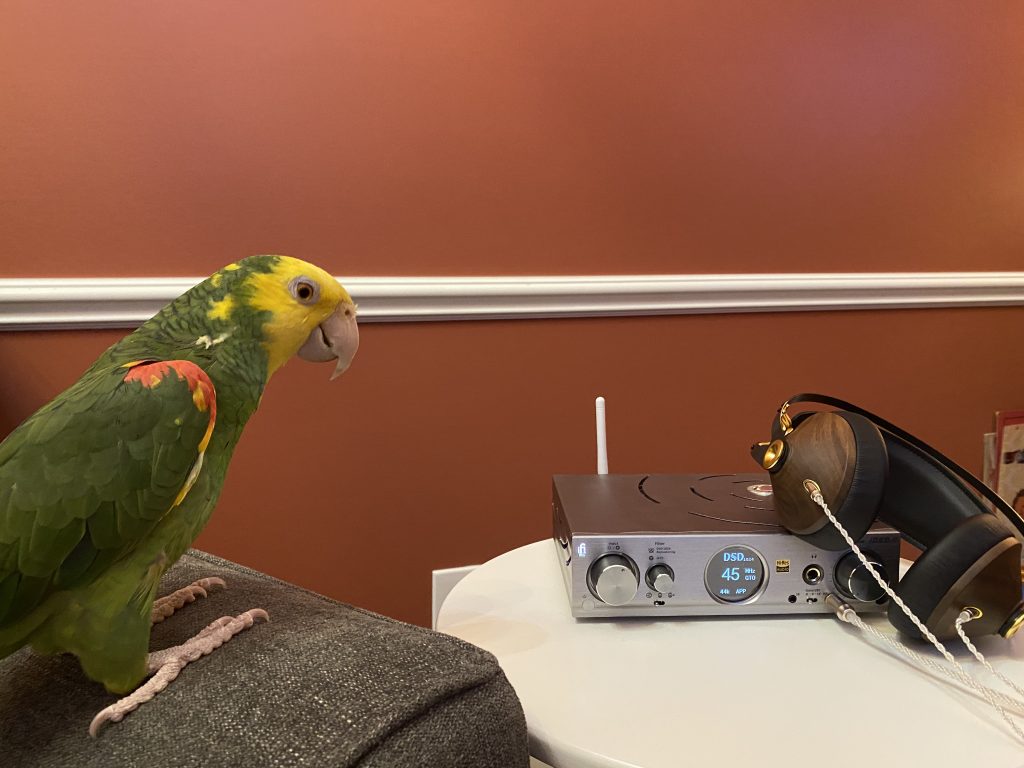
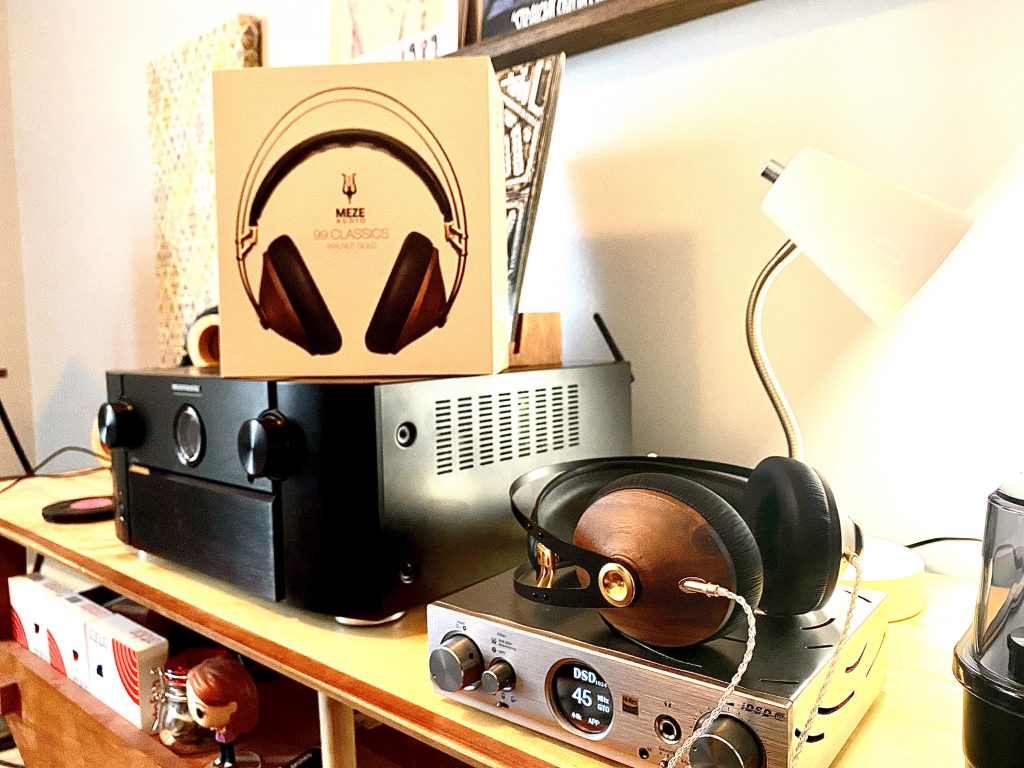

One thought on “Headphones: Balanced vs Unballanced”